Table of Contents
ELECTRICITY
electricity is the movement of charged atomic particles known as “Electrons”. Atoms Have a couple of different parts. And the most important part of the atom is called electron. Not all the atoms have an equal number of electrons. The number of electrons in an atom can be different because electrons can move between atoms.” Electricity is the movement or flow of electrons from one atom to another.
This flow of electrons is called “ELECTRIC CURRENT”. Electrons can move through some materials better than others. If electrons can move easily and quickly in a material, then that material is called “a conductor”.
A conductor is anything that permits electric current to flow from one point to another. The reason behind the flow of current is “voltage”. Voltage is the force from an electrical circuit’s power source that pushes charged electrons through a conductor in a closed path, this force is known as electromotive force(EMF). Voltage Is measured in volts (V).
Electric current always flows from negative charge to the positive charge through conductors. There are so many materials through which current can easily flow, for example copper, Aluminum, etc.
“In today’s life nothing is possible without electricity”.
Electricity history
- For thousands of years ago, people all over the world have been interested in lightning or electricity. Some people must have desired how to put that kind of power or energy to practical use. But it did not happen until the 18th century that the path to the everyday use of electrical power started to become tangible or clear.
- There is a famous kite experiment done by American Founding Father and inventor Benjamin Franklin. In 1752, he wanted to prove that lightning was electricity, so that he flew a kite during a thunderstorm.
- He attached a metal key with the string and, as he suspected it would, electricity came out from the storm clouds flowed down the wet string, and he gets an electrical shock. Benjamin Franklin was lucky enough not to have been seriously harmed during this experiment, but he was extremely excited to have proved his idea.
- All over the next hundred years, so many different inventors and scientists tried hard to find a way to make light by using electrical power. In 1879, the American mastermind “Thomas Edison” was finally able to produce an authentic and long-lasting electric light bulb in his laboratory.
- By the end of the 1880s, compact electrical stations based on Edison’s designs established in some of U.S. cities. But each station was able to transmit electrical power only a few city blocks.
- And now in 2020, we have a large number of power generating stations, power substations of different power ratings are available and we have this most important part of our lives “electricity” is easily available all over the world.
Electricity Invention
There are so many ways to invent electricity all over the world. But there are only three major steps which define the invention and getting electricity at home.
- Generation
- Transmission
- Distribution
These are the most important processes of getting electricity in our industries, hospitals, hotels, houses and many more places. Nowadays electricity took the most important part of our life.
Now, let’s discuss some important and expected questions on Electricity topic.
Question 1. What is electricity in physics?
Answer. Electricity is the existence and flow of electrons in one direction. Using electricity we can transfer energy in different ways that allow us to do the general routine. Electricity is the flow of electrons through conductors such as aluminum and copper wires.
“Electricity” name is sometimes used to mean “electrical energy” or “electrical power”. But They are not the same: electricity is a transmission medium for electrical energy or power, like water of the sea is a transmission medium for “wave energy”. A substance that allows electricity to move through it is Known as a conductor. copper wires and some other metal substances are good conductors, allowing electricity to move through them and transmit electrical energy or power. Plastic or wood are bad conductors (also known as an insulator) and do not allow considerable electricity to move through it so because of this transmission of electrical energy or power stops.
Transmission of Electrical Power or energy can occur naturally (as in electricity), or can be generated (as in an alternator or generator). It is a form of energy which we use to operate power machines and electrical equipments. When the charges in electrical devices are not moving, so the electricity is known as static electricity. When the charges in electrical devices are moving, so the electricity is known as electric current or dynamic electricity. lightning is well known and hazardous type of electric current in nature.
Electricity can be hazardous, mainly around the water, because water is a good conductor of electricity as it has some impurities like salt present in it. Since the 19th century, electricity has been used in every part of our daily lives. Until then, it was just a curiosity of a thunderstorm seen in natural lightning.
Question 2. What are the uses of electricity?
Answer. Imagining the whole world without electricity is very difficult nowadays. With small things like a bulb, tube light, study lamp, etc. to big things like train, plane, space, etc requires electricity to operate. Human civilization and technologies have become very modern and electricity is essential everywhere.
Now, the following of the most popular uses of electricity daily are mentioned below.
- In Entertainment
- In Healthcare
- In Engineering
- In Transport and Communication
- In Outdoors
- In Household
- In Commercial
- In-Office
- For Fuel
- In Space
Question 3. Who invented the electrical bulb?
Answer. The basic idea of using electricity to invent light was 1st investigated for 200 years ago by the English chemist “Humphrey Davy”. He proved that when electric current flowed through wires, their resistance give rise them to heat up to the limit where they gave out light. But he also found the main problem to creating the 1st practical ‘incandescent light’: finding a low-cost material that both burned brightly, and lasted for several hours.
US scientist ‘Thomas Edison’ is often believed with creating the solution in the year 1879: the carbon filament light bulb. Though the British chemist ‘Warren de La Rue’ had solved the scientific challenges approx 40 years ago. He used thin and of high-resistance filaments to reach the brightness, and delayed burnout by creating them from high-melting-point metal sealed in a vacuum.
*For more information please drop your question and query below in comment box*.

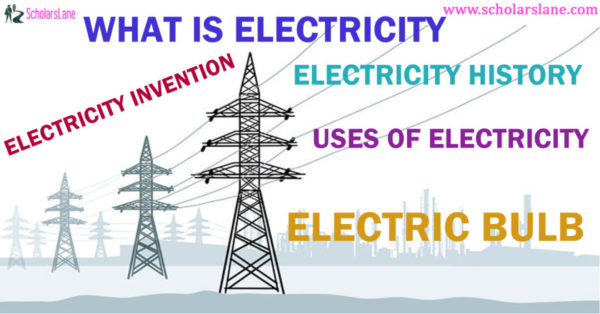
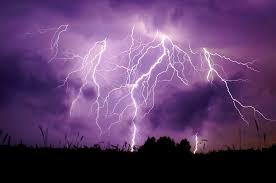
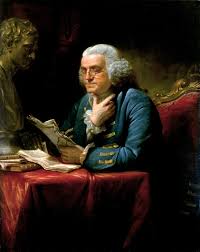
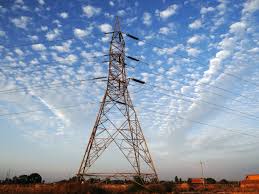
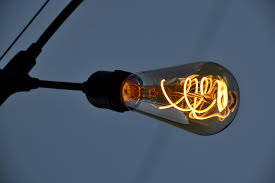
Very well crafted article
Thanks for sharing